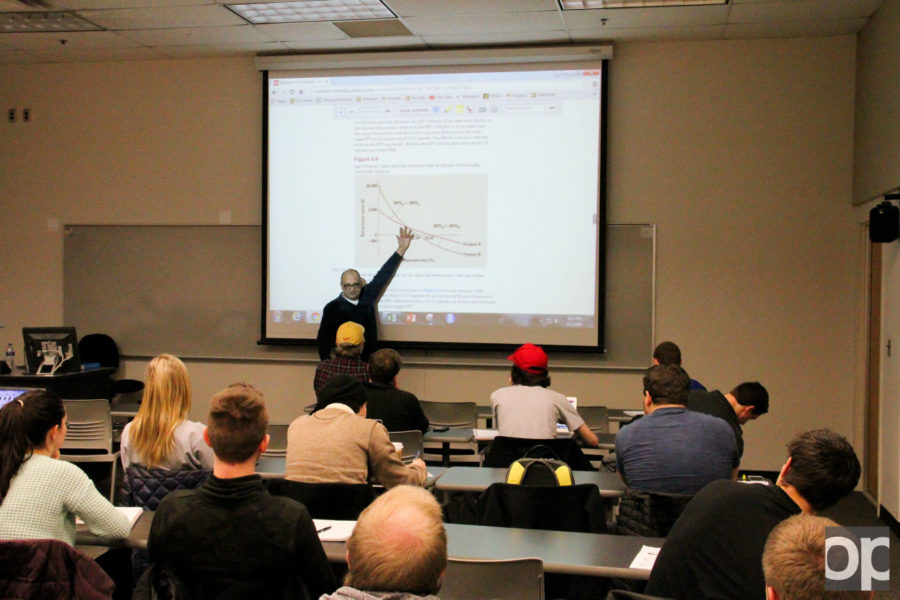Experts say drop learning styles
Despite The New York Times’ recent article claiming learning styles may not make much of a difference, many instructors still think they are an important teaching method.
The idea that some people are visual, kinesthetic or auditory learners may not make much of a difference, according to a recent article in The New York Times.
While many are familiar with this learning style theory, there is little research to back it up, the article said. Students may prefer to get information in a certain way, but there is little support as to whether a lesson that matches their preferences will make a difference in how much they learn.
Jim Cipielewski, associate professor of reading and language arts in the School of Education and Human Resources, agreed.
“It’s more areas of feeling comfortable,” he said.
He also said that learning styles are still being researched, but added that the idea is more complex than learning by seeing, hearing or doing. He cited an article by Rita Dunn, who was a professor at St. John’s University and expert on learning styles. In the article, Dunn talked about elements that make up learning style, including the lighting and temperature of a room, the effect of working in a group and the time of day, among others.
“Style comprises a combination of environmental, emotional, sociological, physical and psychological elements that permit individuals to receive, store and use knowledge or abilities,” Dunn wrote.
But no matter how students like to learn, Cipielewski said, it’s best for teachers to vary teaching style based on the material, not the students.
“The emphasis is on ‘What’s the best way to teach this?’” he said.
Jeff Konya, athletic director, has embraced this idea. He uses visuals to teach OU’s student athletes, not because they all prefer to learn visually, but because sports are best learned by watching.
“The subject matter of sports definitely lends itself to that,” he said.
For example, teams watch videos of games to see how the opponents play. Plays are drawn out. Athletes also give and interpret visual cues while playing.
With classrooms filled with students, it’s also impossible to create a lesson plan that encompasses all of the students’ favorite ways to learn, Cipielewski said. Some students will be outside of their comfort zone no matter what. Cipielewski thinks that’s helpful.
“Sometimes I think my job as an instructor is to move you out of homeostasis,” he said, adding that some learn better when uncomfortable. Information also won’t always be available in someone’s preferred form outside of school.
So why is the idea of visual, auditory and kinesthetic learners so widely accepted if professionals doubt it and there’s little research to back it? Cipielewski said students and teachers pick it up outside universities at workshops and conferences.
However, it’s not totally useless. Learning styles can come in handy when creating lesson plans for a small group of students, as is often the case when instructing students who have special needs, Cipielewski said.
Teachers can use the idea of learning styles to vary their lessons based on content as well. For example, they might have more than one way to teach a class about molecules and decide which method will work the best.








